Gastronomy Krapinske Toplice
Gastronomy and culinary tourism offer a delicious way to explore culture, tradition, and local flavors. Discover unforgettable food experiences through wine tastings, cooking classes, street food tours, and gourmet dining.
Our platform allows you to easily book gastronomic experiences online, with verified hosts and real-time availability. Whether you're looking for authentic cooking workshops or luxury food and wine pairings, you'll find something to satisfy your taste.
Gastronomic tourism brings travelers closer to the heart of a destination — its food heritage. Enjoy farm-to-table meals, visit traditional markets, or take part in chef-led tours that reveal culinary secrets passed down through generations.
Compare reviews, check availability, and reserve your spot for the next food and wine experience. Indulge in your passion for food and turn every bite into a cultural adventure!
Krapinske Toplice is a tourist centre famous for its thermal-mineral water springs, which constitute the basis of development of tourism. The thermal spa dates back to Roman times (Aquae Vivae). Construction of the sanatorium started in 1772, when it also received its first guests (spa Dubrava) and in 1808 another spa was built, Rukavina. Upon the purchase of the entire complex, in 1862 Jakob Badel started to build several spas - Jakobova, Marijina and Pucka, as well as a hotel, a restaurant and a sanatorium building. He also had the park landscaped. Construction works within the spa continued not earlier than 1956, when the hospital department for treatment of rheumatic diseases and orthopaedic rehabilitation was opened. The water temperature is 39 °C to 41 °C, with a daily capacity of 5,600 hl. The water is radioactive and extremely rich in calcium, magnesium and hydro-carbonates. Both water and medicinal mud are used for treatment of rheumatism, gout, sciatica, muscular troubles, chronic inflammations, heart diseases, nerve disorders, post-infarction and post-surgical states, metal-poisoning, etc.
Numerous sports and recreational facilities (outdoor and...
Tourist offers Krapinske Toplice
Gastronomy Krapinske Toplice
Health Tourism Krapinske Toplice
Active Tourism Krapinske Toplice
Culture Tourism Krapinske Toplice
Nightlife Krapinske Toplice
Transfers Krapinske Toplice
Events and entertainment Krapinske Toplice
Excursions Krapinske Toplice
Hotels in Krapinske Toplice
Private accommodations in Krapinske Toplice
Tourist resorts in Krapinske Toplice
Holiday houses in Krapinske Toplice
Villas with Pool in Krapinske Toplice
Camps, mobile homes in Krapinske Toplice
Boat rental in Krapinske Toplice
Farm holidays in Krapinske Toplice
Hostel in Krapinske Toplice
Gastronomy Krapinske Toplice Offer
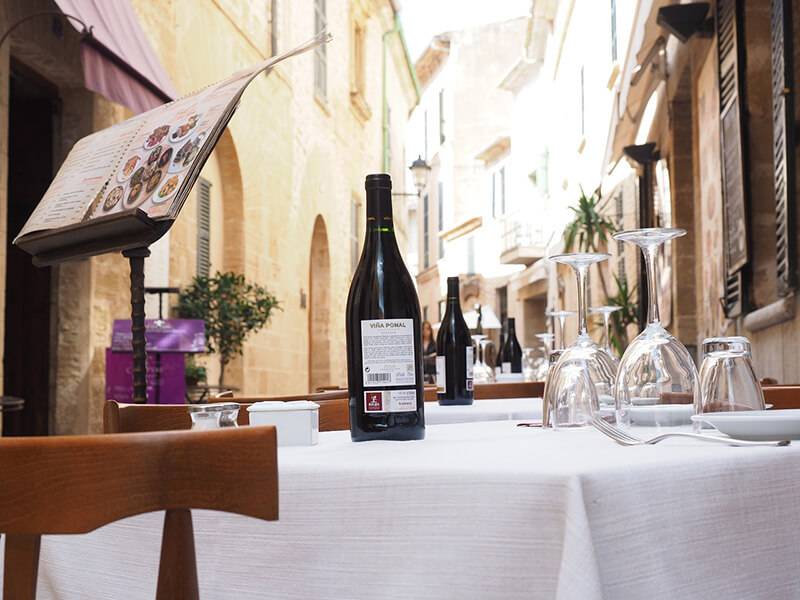
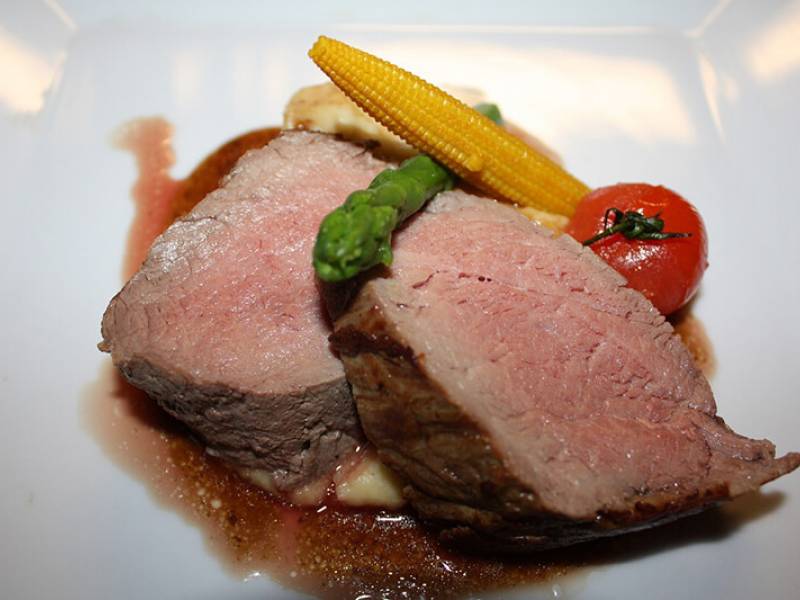

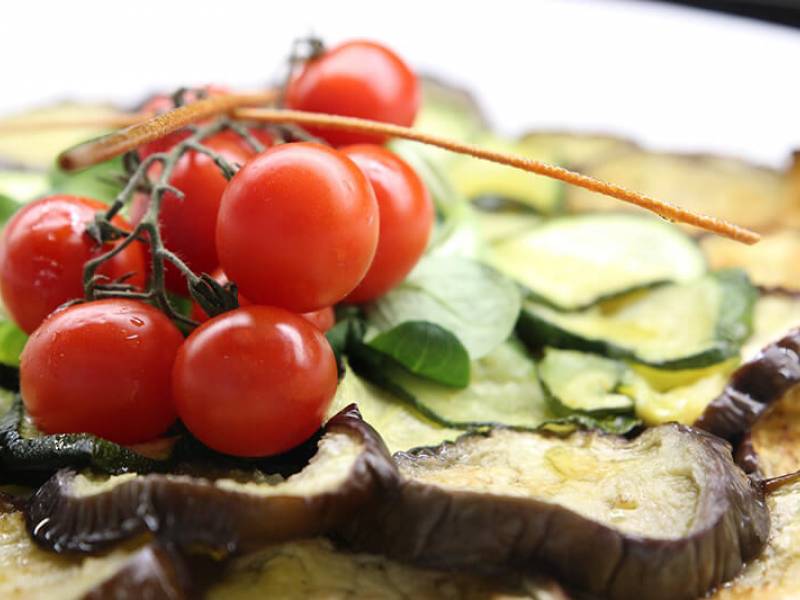

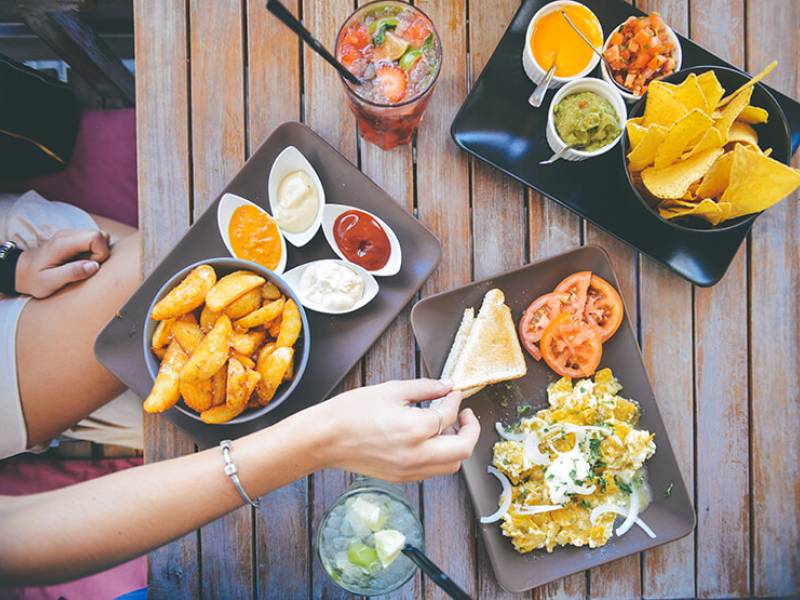
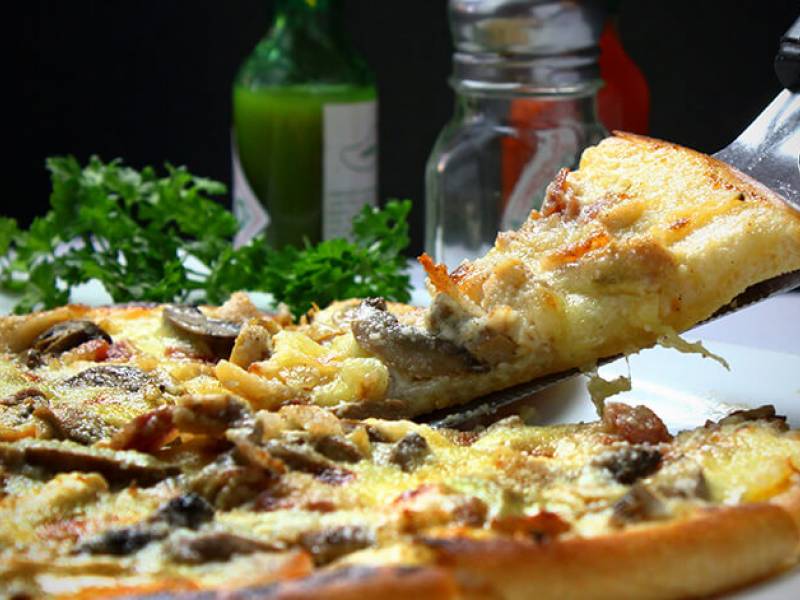
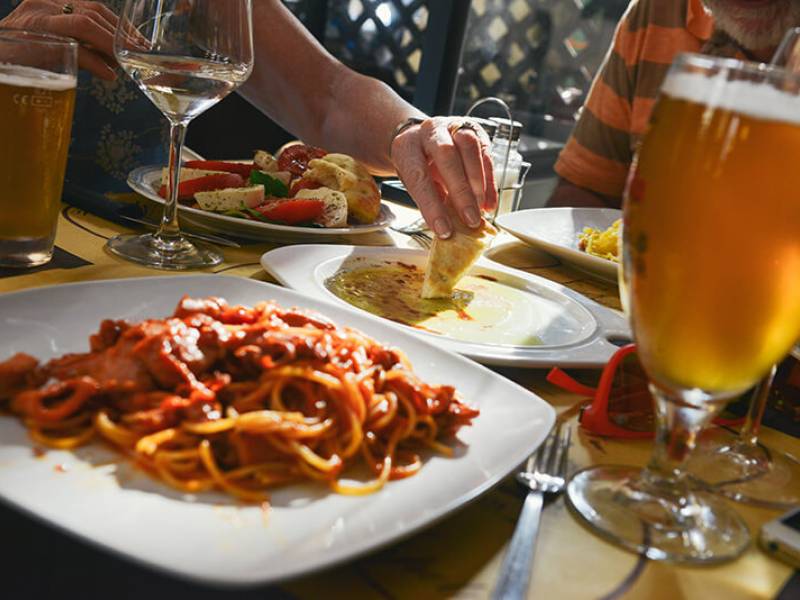
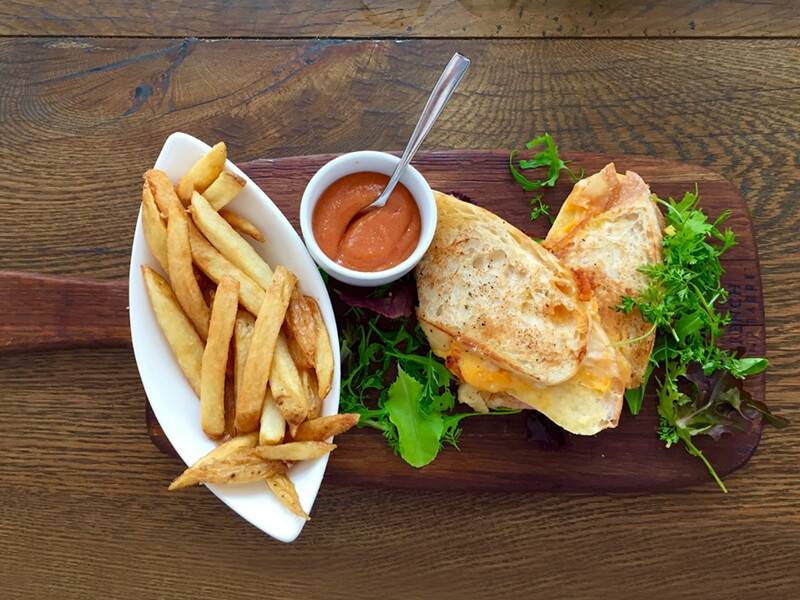








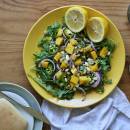













 Professional serivce
Professional serivce Quality tourist service
Quality tourist service 14 years in business
14 years in business A large number of satisfied guests
A large number of satisfied guests